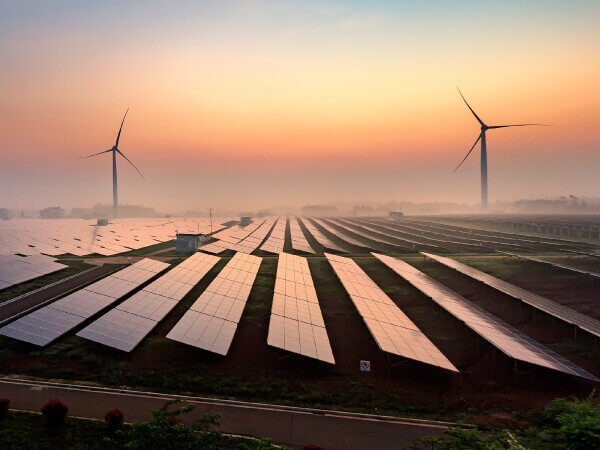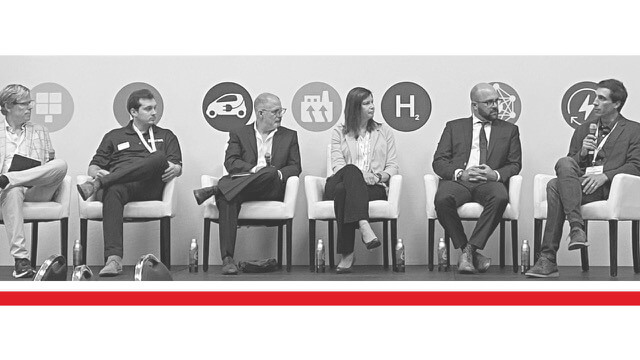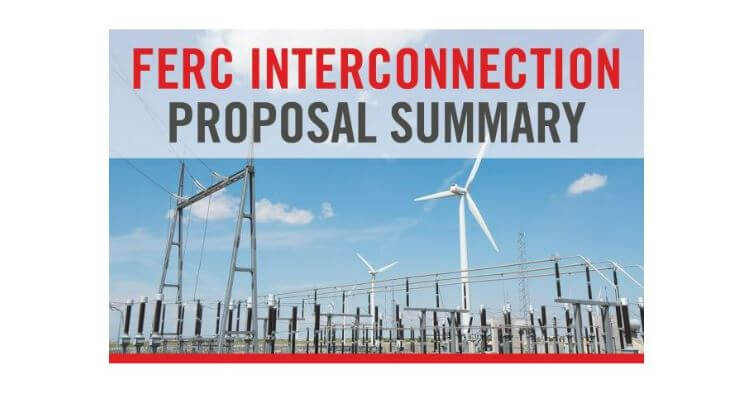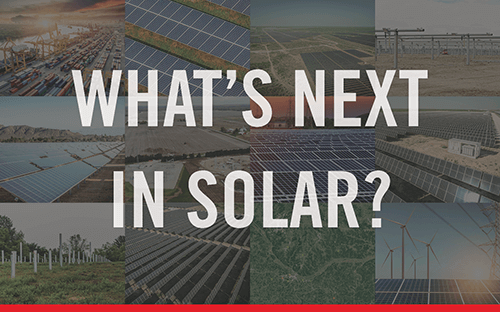Revisiting Solar’s History to Predict Its Future

June 26, 2023
As one of the most abundant and reliable sources of energy, the sun is the gateway to the future of power generation. While ambitions are high to incorporate solar power into energy generation facilities, there is a lot of work to do before we can meet the US Energy Information Administration’s (EIA) projections of up to nearly 1,400 GW of US solar capacity by 2050.
As new initiatives, including the Inflation Reduction Act (IRA), take shape and dictate quotas for new energy development, renewable developers and Independent Power Producers (IPPs) will need to invest in reliable technology and infrastructure to meet the demands.
The Long-Term Investment in Solar
Scientists and engineers spent decades determining how to efficiently attract and convert sunlight into electricity. Now, more money will flow into solar than oil starting in 2023 for the first time. According to the International Energy Agency, solar investments are expected to attract over $1 billion a day in 2023. Another big reason why the clean energy sector is growing fast is because after many decades, renewable energy is finally competitive with fossil fuels in electricity generation.
According to Energy Sage, the first versions of these solar panels converted energy at just 6% efficiency. International solar research and development has aided in the advancement of solar panels, raising the operational efficiency to anywhere between 20-23% and enabling developers to build solar power facilities more easily and cost-effectively.
In the time since PV solar panels were reliably implemented into energy generation, we have benefitted from further improvements to solar energy generation. For example, according to the National Renewable Energy Laboratory, the solar module alone in 2010 cost approximately $2.50 per watt; in 2020, the price for an entire 100 MW utility-scale PV system had dropped to around $1.00 per watt. Facilities have taken advantage of the increase in efficiency and cost-effectiveness of solar panels, and have implemented the technology in new ways to power homes, businesses and communities.
Bringing this robust research into the United States requires extensive experience and understanding of the existing technology, as well as the need for future technology. Cynthia Christensen, Senior Market Leader at Ulteig, has worked in the solar space for decades.
“As the world faces the pressing need to transition to cleaner and more sustainable energy sources, solar, wind and storage have emerged as frontrunners in the race for renewable energy dominance. Rapid advancements in technology have played a pivotal role in the growth of these industries, driving down costs and making them increasingly competitive with traditional energy sources.”
Due to its historic price, size and storage challenges, solar has always been viewed as a supplementary source of electricity in the United States. In fact, solar makes up just 4.6% of total energy generated in the US. We currently have a great opportunity to invest in people resources, technology and domestic manufacturing to increase solar production in the coming years.
Integrating New Technology for Reliable Energy
The longstanding challenge that has followed solar power capabilities is its reliability in times of overcast conditions and overnight, while energy remains in demand by consumers.
Battery energy storage systems (BESS) are aiding in the solution for stored energy demands. By converting solar power to stored energy that can be dispatched in times of demand, this technology has profoundly changed the trajectory of possibilities for the future of renewable energy. Incorporating more cost-effective BESS systems into solar facilities and renewable operations will help developers stay ahead of energy demand and renewable initiatives.
Iterations of solar panels and new storage system capabilities are changing the projections of renewable energy and give hints at the possibilities of new infrastructure to meet the goals of generators, investors, consumers, Congress and climate champions. To meet the EIA’s projections, it is clear that solar needs to be scaled up dramatically. However, long-term solutions will need to involve building more robust infrastructure and finding the experts to do so.
Achieving an increase in reliable renewable energy through solar power will require developers and utilities to turn to infrastructure partners with experience in designing complex projects that promote new technologies, such as BESS or long-duration energy storage systems, equipping them with clean generation capabilities for round-the-clock power.
Utilizing Domestic Manufacturing to Meet Projections
The solution to successful infrastructure development will include partnering with domestic manufacturers to maximize investment as well as reduce timeline concerns. Domestic manufacturing is going to play a key role in aligning with legislative initiatives and receiving incentives for producing solar power.
The IRA is aiding the effort to increase solar adoption in the US by reducing costs and incentivizing development and domestic manufacturing for new solar generation.
The IRA contains two tiers of domestic content requirements: the first for steel and iron components and the second for manufactured products. Under the IRA, renewable energy projects have to incorporate 100% US-made iron and steel to qualify for the 10% domestic content tax credit rider. For project components considered “manufactured products,” 40% of the equipment installed at solar-based and land-based wind projects have to be made in the US. According to the guidance, steel photovoltaic module racking should be held to the higher 100% domestic content standard, while the photovoltaic modules themselves will be considered “manufactured products” subject to the lower standard. The guidance permits developers to take advantage of the domestic content bonus credit for projects that begin construction this year.
While all production incentives are not dependent on domestic manufacturing, it will enable developers to more efficiently, cost-effectively and quickly begin new renewable projects. The SEIA originally estimated new domestic manufacturing to rise to anywhere from 50-90 GW annually by 2030. With annual capacity demand projected at up to 120 GW by 2030, the US could fill up to 75% of that capacity if manufacturing modules come online as anticipated. Investing in clean energy technology for the future will see dividends pay off in decades to come, which is why utilities and developers need to begin partnerships with local manufacturers and private equity firms now.
Connecting solar to the grid necessitates an understanding of the industry and the technology involved during the entire process. Investing in the infrastructure, technology and engineering partners such as Ulteig to design and develop more solar capabilities is a long-term payoff. Funding for these hybrid projects will likely need to come in part from private equity firms as the timelines for investments are often more flexible and generous. Public funding will need to be utilized for short-term development, including funds and incentive through the IRA, though true acceleration in the energy transition to solar will require developers to focus on long-term payoffs rather than short-term gains.
The Future of Solar Energy
With these increased solar generation initiatives, the primary solution that developers and utility companies will turn to is reliable technology and dispatchable capabilities. As they look for real estate, grid capacity and infrastructure experts, they will still need to install PV panels in the interim to meet demand.
Engineering firms such as Ulteig are working alongside renewable developers, contractors, utilities and municipalities to strategize the energy transition and the future of solar energy capabilities, including through battery energy storage systems. Our solar power subject matter experts work with renewable developers to streamline the future of solar energy development. With robust planning, interconnection and engineering capabilities, including the use of SCADA and other scalable approaches, we have begun to build the future of renewable energy throughout the United States.
We prioritize expertise and diligence in each project, and we are looking to further build our solar generation team. With a deep expertise and understanding of solar, the projections of renewable energy, and the technology needed to meet those projections, we are positioned to play a major role in establishing a future that is powered by renewable energy, including solar power.
Working across four Lifeline Sectors, our engineers and technicians have built a reputation for excellence in planning, designing and guiding renewable infrastructure for a sustainable future.
Meet the demands and projections of your industry by starting a conversation with us today.
WHAT MAKES ULTEIG DIFFERENT?
From global energy producers to locally funded cities and private developers to government agencies, the clients we serve encompass a broad range of relationships and projects. Find out why Ulteig is a leader in the engineering industry.
Contact Us



